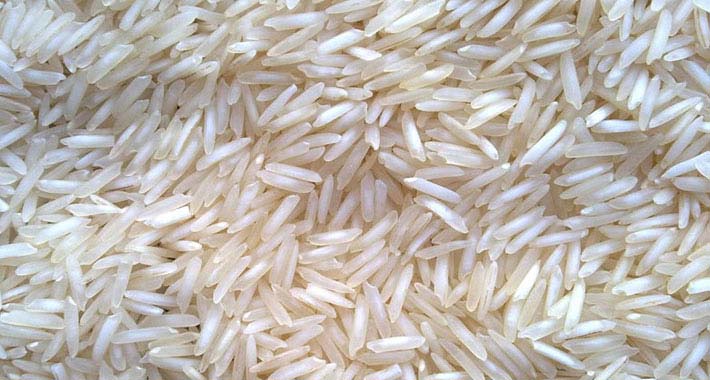Indians consuming rice and wheat low in food value, high in toxins: ICAR study
The rice and wheat consumed by Indians today may be of low nutritional value, According to a recent report by Down To Earth (DTE) magazine, citing a recent study led by scientists from the Indian Council of Agricultural Research (ICAR). On January 23, 2024, DTE and Delhi-based think tank Centre for Science and Environment (CSE) organised a webinar to discuss the magazine’s coverage of the new study.
Panellists included Sovan Debnath, soil scientist, ICAR-Central Agroforestry Research Institute, Jhansi and the lead author of the study; Biswapati Mandal, former professor, Directorate of Research, Bidhan Chandra Krishi Viswavidyalaya, Kalyani and the study’s co-author; Ishi Khosla, clinical nutritionist, consultant and writer and Shagun, senior correspondent for DTE.
“For the past 50 years, India has been introducing high-yielding rice and wheat varieties at breakneck speed to achieve food security. The ICAR-led study has examined the food value of these modern grains and reports that breeding programmes focused on developing high-yielding varieties have altered the nutrient profiles of rice and wheat — to the extent that their dietary and nutritional value has gone down,” the magazine said.
In the past 50 years, the concentration of essential nutrients like zinc and iron has decreased by 33 per cent and 27 per cent in rice, and by 30 per cent and 19 per cent in wheat, respectively, DTE reported.
The goal of the Green Revolution in India was to feed the country’s rapidly growing population and become self-sufficient in terms of food production. Hence, the main motive of agricultural scientists was to improve yield. After the 1980s, breeders shifted their focus to developing varieties that were resistant to pests and diseases and tolerant of stresses such as salinity, moisture and drought, Mandal said at the webinar.
“They did not have the luxury of thinking whether the plants were taking in nutrients from the soil or not. Hence, over a period of time, what we are seeing is that plants have lost their capacity to take up nutrients from the soil,” he said.The 2023 study is an extension of a 2021 study conducted by scientists from ICAR and Bidhan Chandra Krishi Viswavidyalaya. The study looked into the causes of zinc and iron deficiency in cereal-dependent populations. When high-yielding rice and wheat cultivars were tested, grain density of zinc and iron decreased. Debnath participated in the 2021 study as well.
“Our experiments showed that modern-bred cultivars of rice and wheat are less efficient in sequestering nutrients like zinc and iron, despite their availability in soil,” said Debnath. Between 2018 and 2020, the scientists grew “landmark” high-yielding rice and wheat cultivars that had been released in subsequent decades since the Green Revolution began in 1967, the magazine said.
“Evaluation of the nutrient profiles of the harvested grains showed that rice and wheat, which meet over 50 per cent of the daily energy requirements of people in India, have lost up to 45 per cent of their food value in the past 50 years or so. At this rate, the grains will become impoverished for human consumption by 2040, they estimate,” it added.
Depleted concentration of essential nutrients in staple grains could result in higher prevalence of diseases related to neurological, reproductive and musculoskeletal systems. The study also discovered that the amount of arsenic, a toxic element, in rice has increased by 1,493 per cent.The research put the spotlight on the impact of the Green Revolution on the nutritional security of India, Shagun pointed out in the webinar.
Significant efforts are being made in the country to improve the nutritional profile of foodgrains. Agricultural scientists have turned to landraces and wild species of cultivated varieties for answers. Under a special project on bio-fortification, launched by the Union government, scientists at ICAR and other agriculture universities have undertaken germplasm exploration to find donor varieties that are high in nutritional content.
So far, institutes under ICAR have developed 142 bio-fortified varieties. “However,” said Shagun, “these varieties are far from being popularised and adopted by farmers on a large scale.”
This article has been republished from The Down to Earth Magazine.

